 Senecio rhizocephalus
Senecio rhizocephalus
Commonly called senecio, it belongs to the Asteraceae family. This plant, a creeping herb, has a life cycle that allows it to reach up to two years of age and a maximum height of 5 centimeters. Additionally, it lacks a stem, which technically classifies it as a stemless rosette.
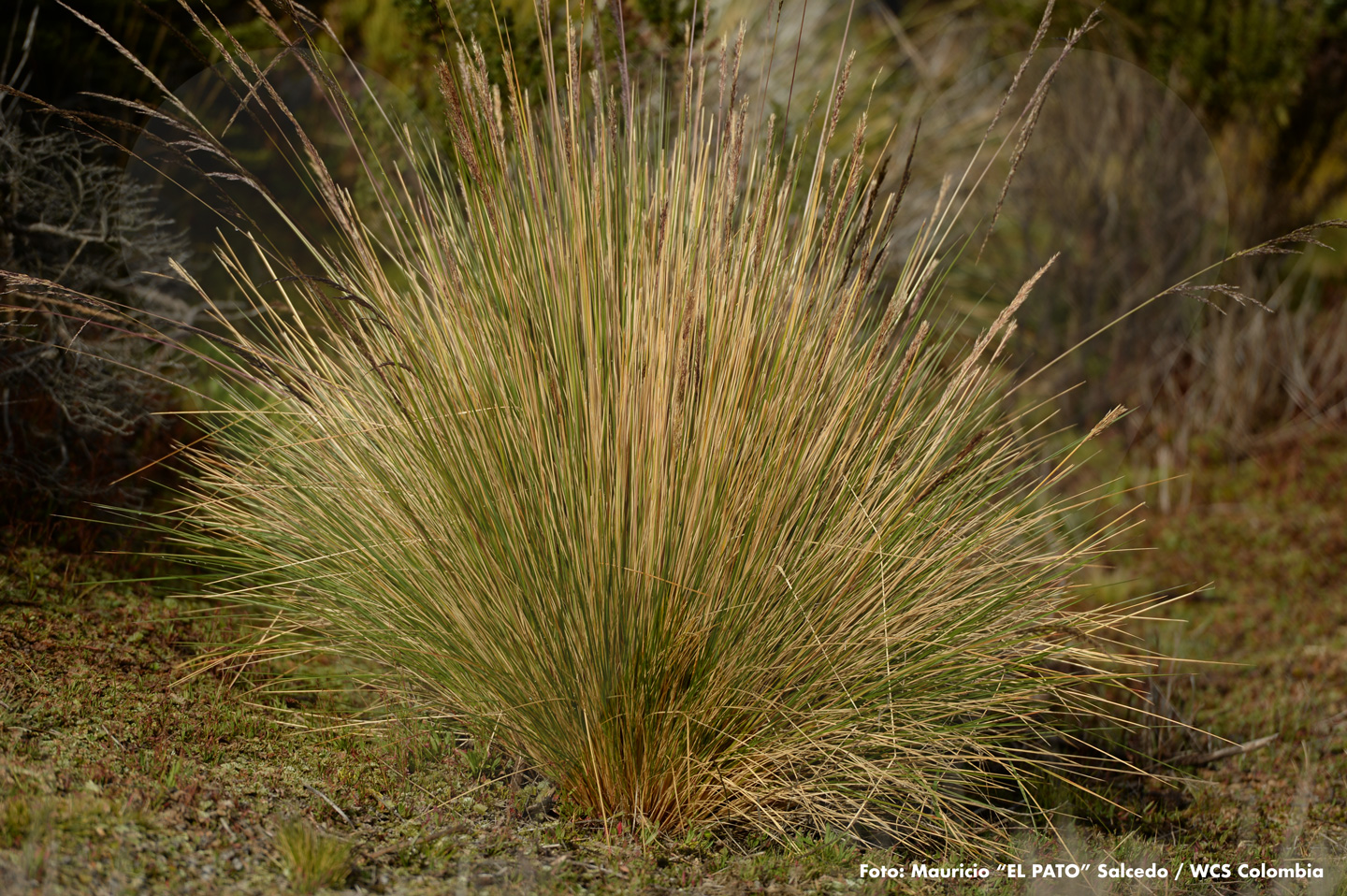 Calamagrostis recta
Calamagrostis recta
It belongs to the Poaceae family and is commonly called "pajonal." Due to the constant renewal of its foliage, this grass has a long lifespan (it can live up to around 20 years). Its height ranges between 180 cm and 200 cm, and it grows in a tussock form (shoots sprout from its base, all from the same plant).
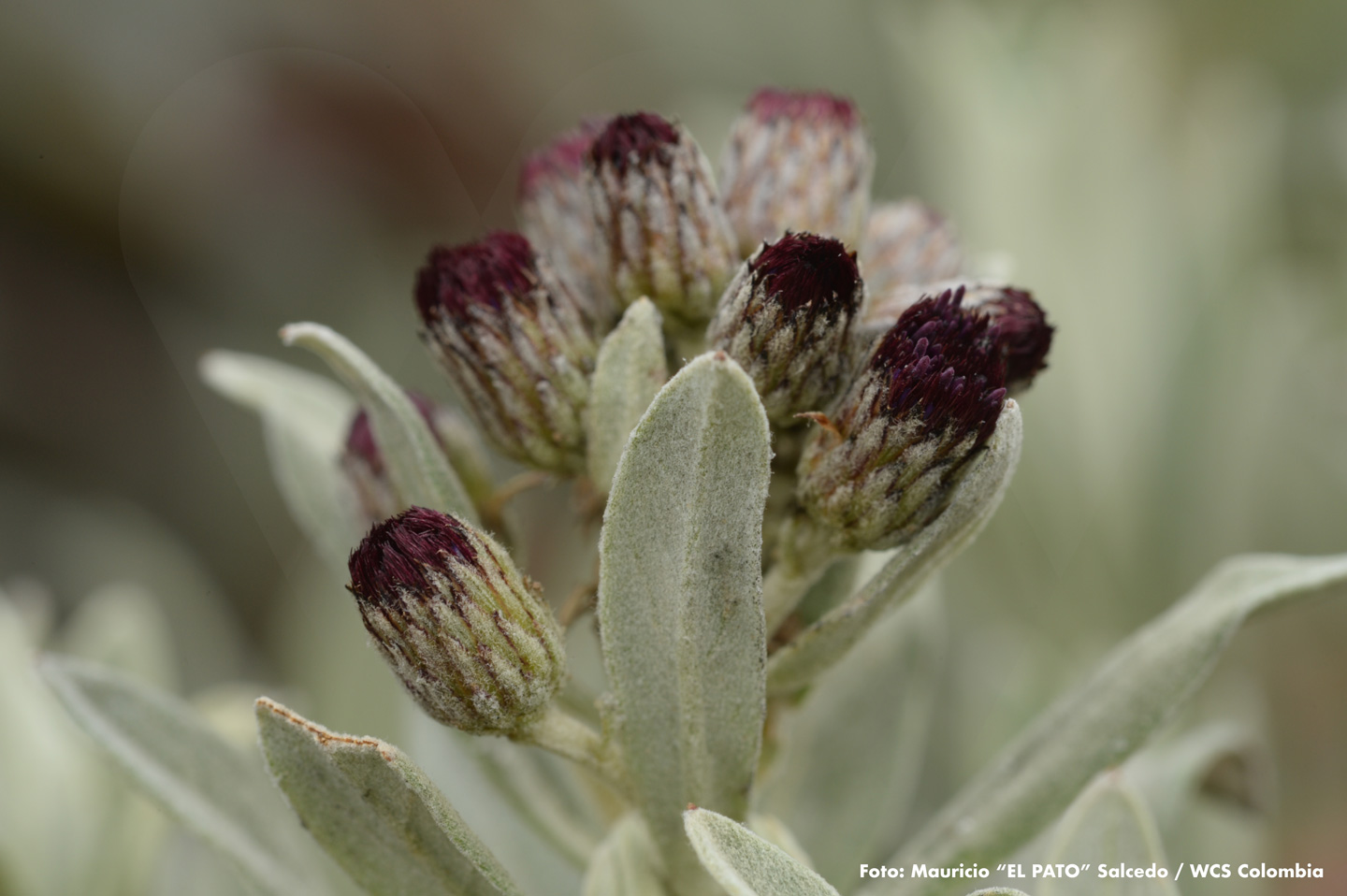 Diplostephium schultzii
Diplostephium schultzii
It belongs to the Asteraceae family, and local mountain inhabitants call it "white rosemary." Individuals can live up to 20 years, with heights ranging between one and four meters. It grows as a woody shrub that branches out from its base.
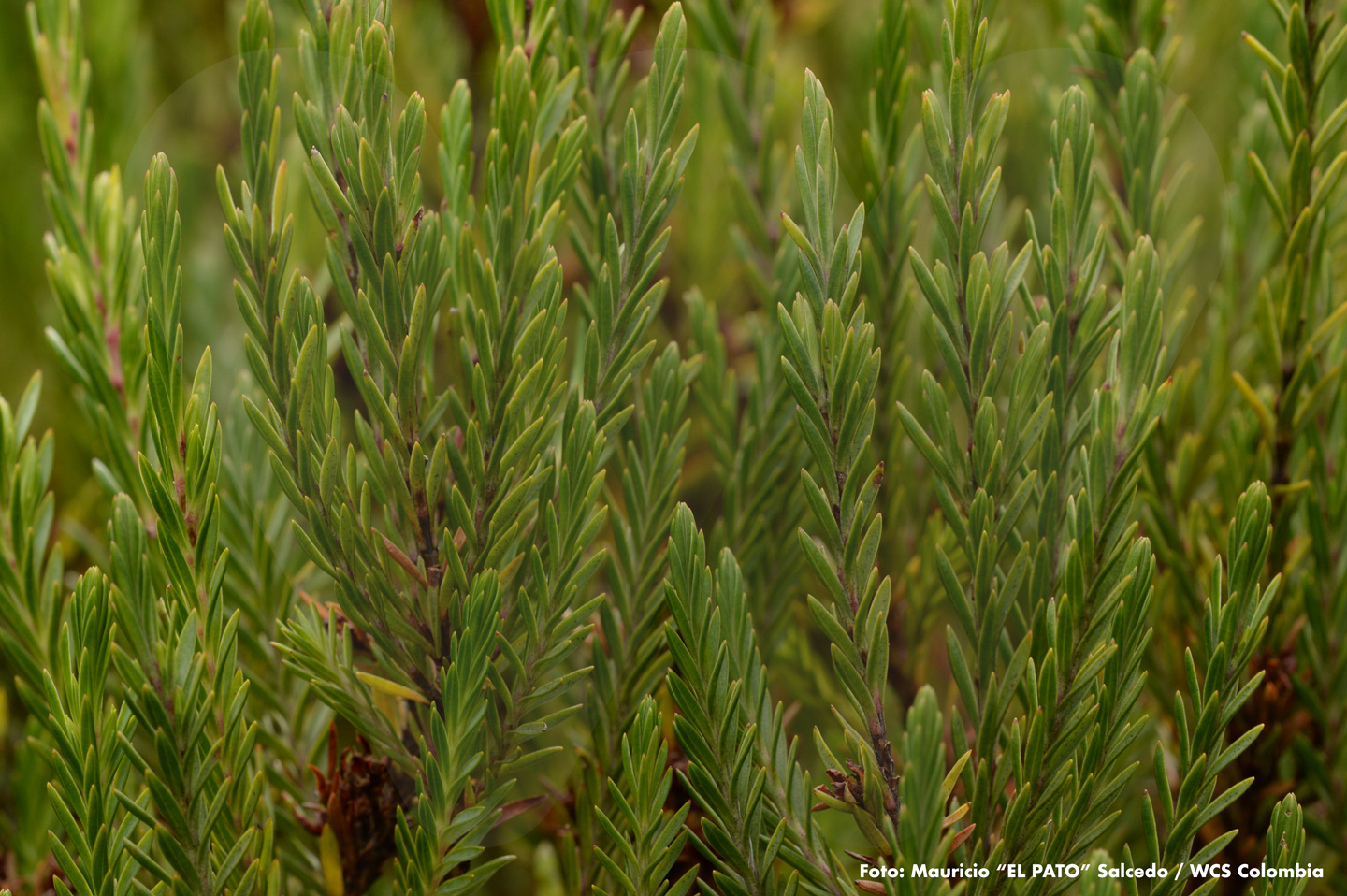 Hypericum juniperinum
Hypericum juniperinum
Let’s mention two common names for this species: velillo and guarda rocío. This plant belongs to the Hypericaceae family and has a life form of a small woody shrub that can live up to 20 years and branches out from the base. When mature, it reaches a maximum height ranging from 0.5 meters to one meter.
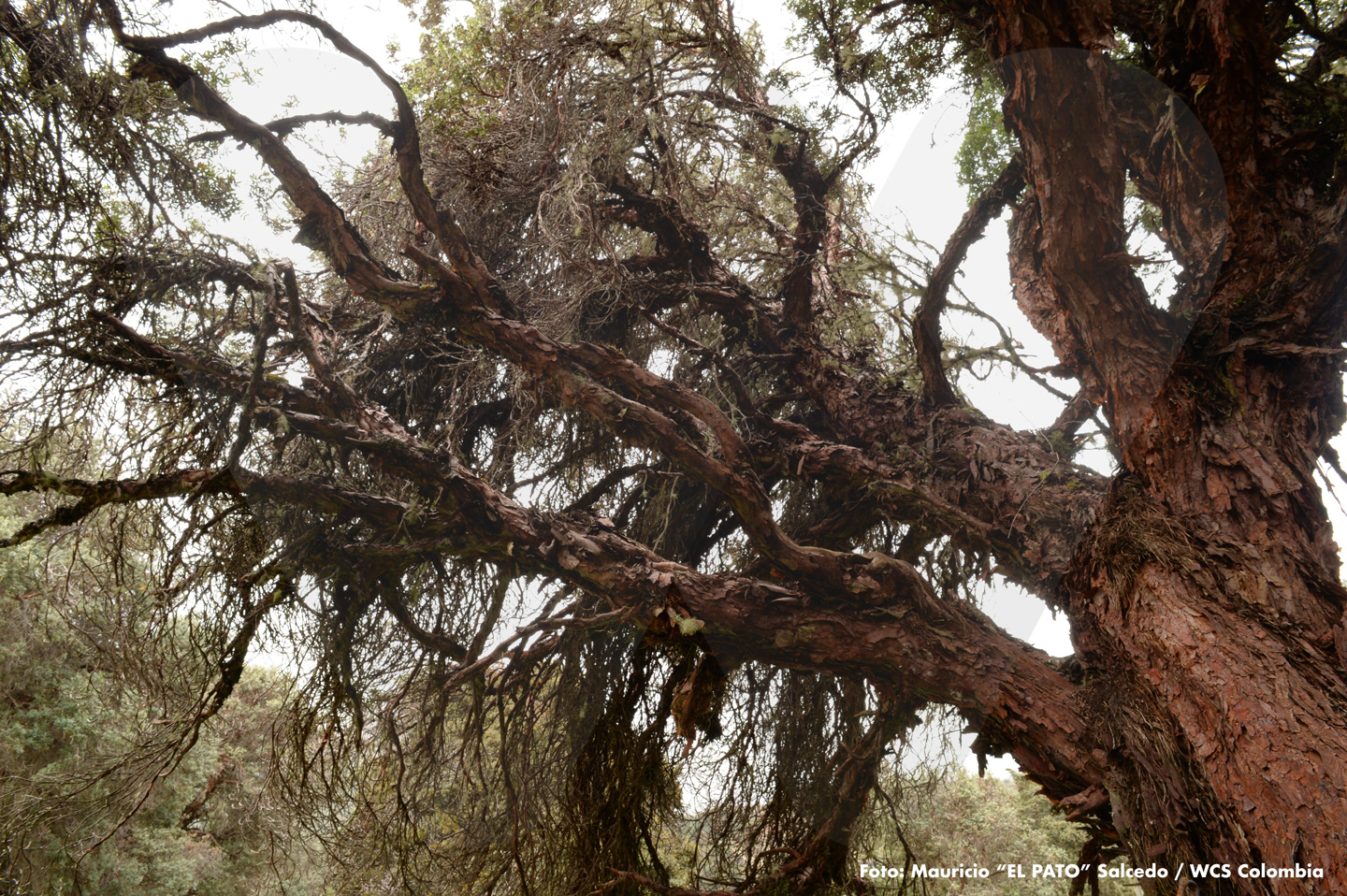 Polylepis sericea
Polylepis sericea
Commonly known as siete cueros or siete cueros colorado, this plant belongs to the Rosaceae family. Due to the natural shedding of its leaves, it contributes abundant biomass to the soil, improving organic matter content. This tree, which grows as a woody shrub branching from the base, reaches a height between two and seven meters when mature.
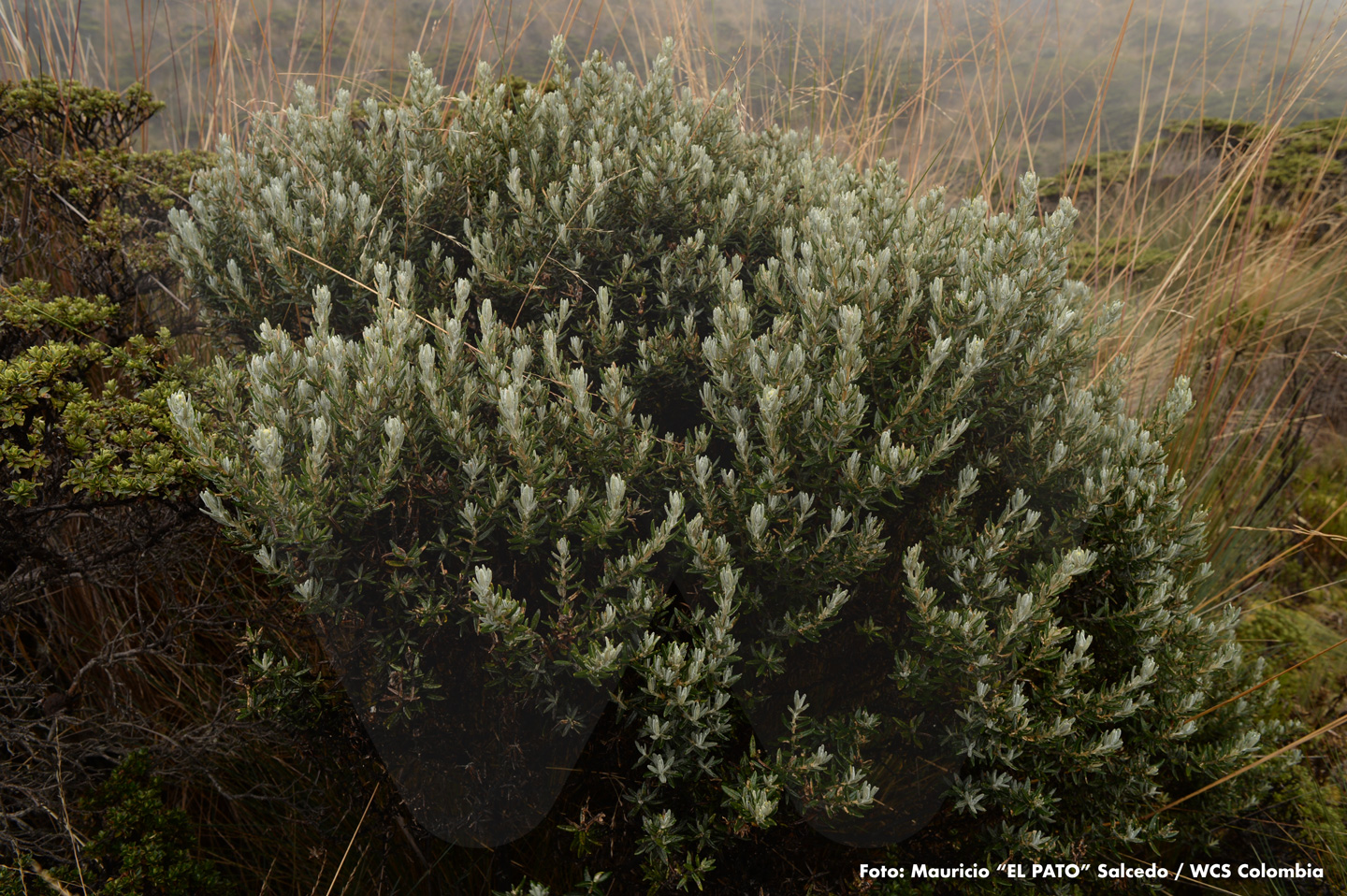 Diplostephium floribundum
Diplostephium floribundum
Commonly known as páramo rosemary, this species grows as a woody shrub that branches from its base. When mature, it can reach a height between one and four meters and live up to around 20 years. It belongs to the Asteraceae family.
Information taken from the book “Restoration in Páramos – An Experience in the Central Andes of Colombia”.
Traslated with AI support